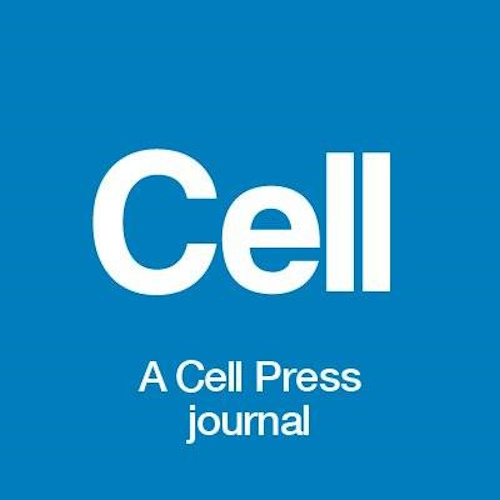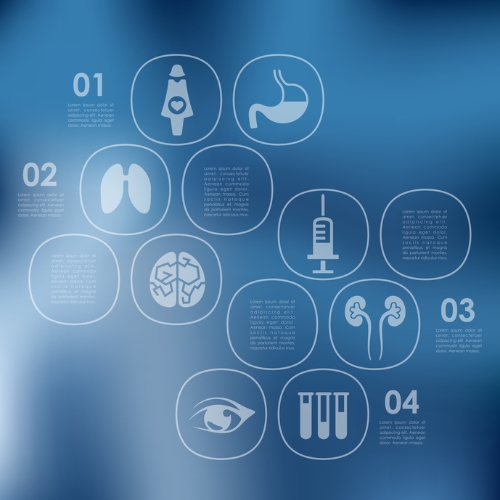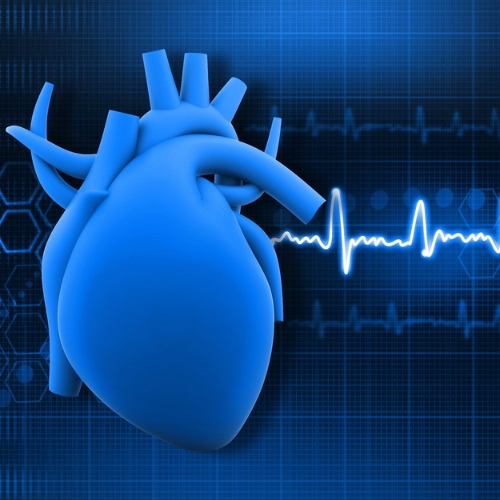Key points from article :
Scientists have successfully grown a bundle of human stem cells into a tiny artificial "heart" the size of a sesame seed.
This new cardioid model constructed...using six signaling pathways known to coordinate heart development in the human embryo.
These signals are known to lead to stem cell differentiation, allowing this artificial organ to develop distinct layers.
After just one week, mass of cells had formed a 3D structure that could beat rhythmically.
"..human heart models that develop more naturally and are therefore predictive of disease," - Sasha Mendjan, lead author.
Cardiac muscle and endocardial cells of the organoid were controlled by two initial signals, WNT and ACTIVIN.
They then began to form heart ventricles within the beating chamber.
Testing drugs in the lab on heart-like organs might help improve the success rates.
Self-organizing cardioids, similar to our own hearts, for further research on heart development and potential treatments.
Study by Vienna Biocenter published in Cell.





